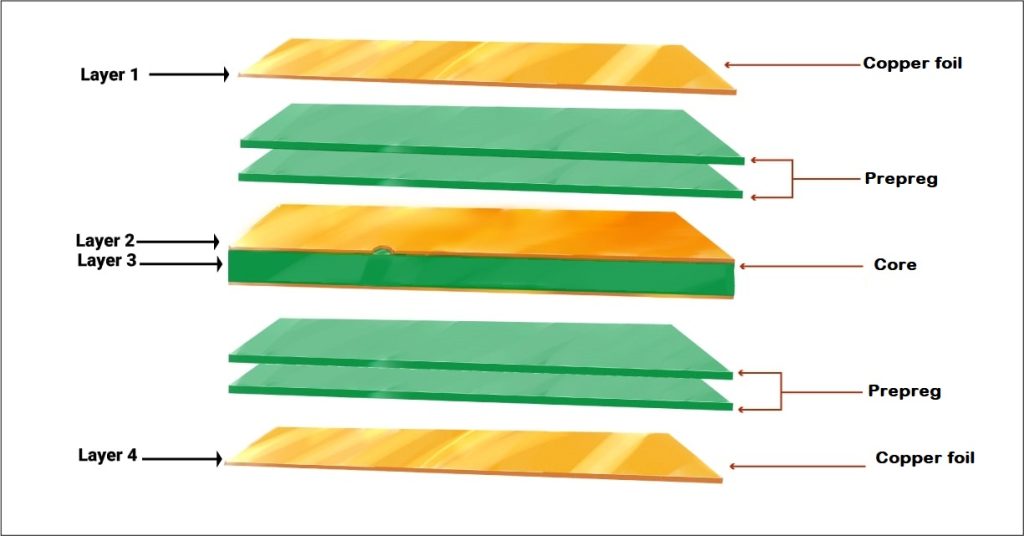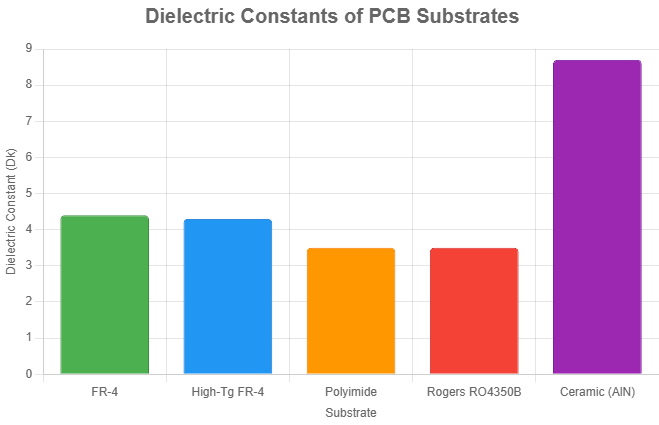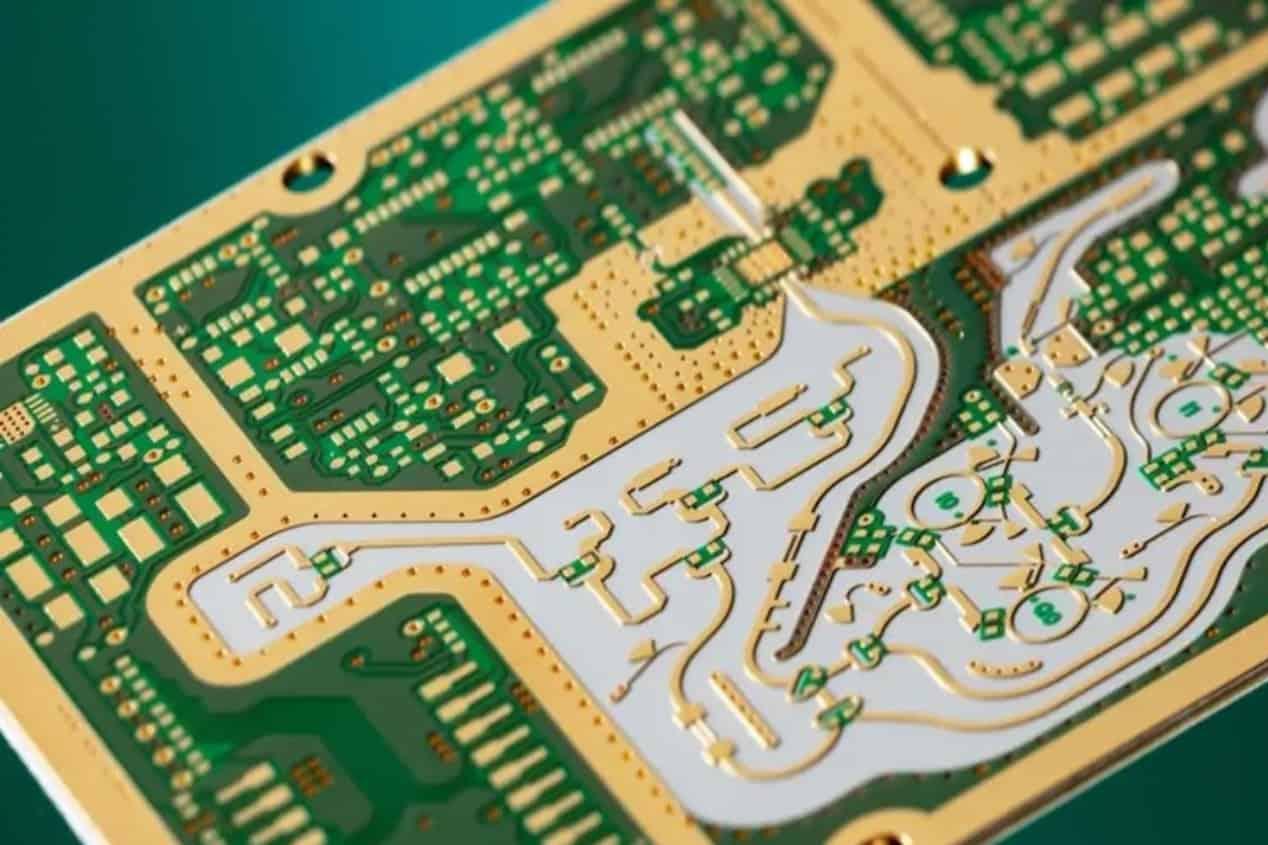Choosing the right materials for rigid board assembly is crucial for ensuring the performance, reliability, and longevity of your printed circuit boards (PCBs). Whether you're designing for a simple consumer device or a complex industrial application, the materials you select impact everything from thermal management to signal integrity. In this comprehensive guide, we’ll walk you through the key considerations for PCB material selection, compare popular options like FR-4 and high-performance materials, and provide actionable insights on thermal management, RoHS compliance, and material properties. Let’s dive into the essentials of crafting high-quality rigid boards that meet your project’s needs.
Why PCB Material Selection Matters for Rigid Board Assembly
The foundation of any rigid PCB lies in its material composition. The substrate, laminate, and other components determine how well the board handles electrical signals, withstands environmental stress, and dissipates heat. Poor material choices can lead to signal loss, overheating, or even board failure, costing time and money. By understanding the properties of different materials, you can optimize your design for performance and reliability while keeping costs in check.
In this guide, we’ll cover everything from the basics of common materials to advanced considerations for high-frequency or high-power applications. Our goal is to equip you with the knowledge to make informed decisions for your rigid board assembly projects.

Key Factors in PCB Material Selection for Rigid Boards
Before diving into specific materials, it’s important to understand the factors that influence material selection. These properties directly affect how your PCB will perform in its intended application. Let’s break down the most critical aspects to consider.
1. Dielectric Constant (Dk) and Signal Integrity
The dielectric constant (Dk) measures a material’s ability to store electrical energy in an electric field. For high-speed digital or RF applications, a lower Dk is often preferred because it reduces signal delay and crosstalk. For instance, standard FR-4 materials typically have a Dk of around 4.2 to 4.5 at 1 MHz, while high-performance materials can go as low as 2.2, improving signal speeds by up to 20% in some cases.
2. Dissipation Factor (Df) and Signal Loss
The dissipation factor (Df) indicates how much energy is lost as heat during signal transmission. A lower Df is essential for high-frequency designs to minimize signal loss. FR-4 has a Df of about 0.02, which is acceptable for many applications, but advanced materials can achieve values as low as 0.002, significantly reducing energy loss in critical circuits.
3. Thermal Conductivity and Heat Management
Thermal conductivity measures how well a material transfers heat away from components. For high-power applications, materials with higher thermal conductivity are vital to prevent overheating. Standard FR-4 offers a thermal conductivity of about 0.3 W/m·K, while specialized substrates can reach up to 1.0 W/m·K or more, making them ideal for power electronics.
4. Coefficient of Thermal Expansion (CTE)
The CTE indicates how much a material expands or contracts with temperature changes. A mismatch between the CTE of the PCB material and components can lead to mechanical stress and cracking. FR-4 typically has a CTE of 14-17 ppm/°C, which works well for many designs, but advanced materials can offer lower values for better stability in extreme conditions.
5. Cost and Manufacturability
Finally, cost plays a significant role in material selection. While high-performance materials offer superior properties, they often come at a premium. Balancing performance with budget constraints is key to a successful design.

FR-4 vs. High-Performance Materials: Which Is Right for Your Rigid Board?
One of the most common decisions in PCB material selection is choosing between FR-4 and high-performance materials. Let’s compare these options to help you determine the best fit for your rigid board assembly.
FR-4: The Industry Standard
FR-4, a glass-reinforced epoxy laminate, is the most widely used material for rigid PCBs due to its affordability and versatility. It offers decent electrical and mechanical properties for a wide range of applications, from consumer electronics to industrial controls.
- Pros: Low cost, widely available, good mechanical strength, suitable for most standard applications.
- Cons: Limited performance in high-frequency or high-temperature environments, higher signal loss compared to advanced materials.
- Best For: General-purpose designs with operating frequencies below 1 GHz and moderate thermal demands.
High-Performance Materials: For Demanding Applications
High-performance materials, such as polyimide, PTFE-based laminates, and ceramic-filled substrates, are designed for specialized applications requiring superior electrical or thermal performance. These materials are often used in aerospace, automotive, and telecommunications industries.
- Pros: Low Dk and Df for high-frequency designs, excellent thermal stability, better heat dissipation.
- Cons: Higher cost, more complex manufacturing processes, may require specialized equipment.
- Best For: High-speed digital circuits, RF/microwave applications, and environments with extreme temperatures.
For example, in a 5G communication device operating at frequencies above 10 GHz, a high-performance material with a Dk of 2.5 can reduce signal delay by up to 15% compared to FR-4. However, for a simple LED lighting board, FR-4 would suffice and save on costs.

Thermal Management in PCB Assembly: Material Considerations
Effective thermal management is critical for rigid board assembly, especially in high-power applications like power supplies or automotive electronics. Overheating can degrade components, reduce lifespan, and cause system failures. Here’s how material selection impacts thermal performance.
Choosing Materials for Heat Dissipation
Materials with high thermal conductivity help transfer heat away from critical components. For instance, substrates with metal cores or ceramic fillers can achieve thermal conductivity values of 1.0 W/m·K or higher, compared to FR-4’s 0.3 W/m·K. This difference can lower operating temperatures by 10-15°C in high-power designs.
Layer Stack-Up and Thermal Vias
Beyond material choice, the PCB’s layer stack-up design plays a role in thermal management. Adding thermal vias—small copper-filled holes—can improve heat transfer from the top to the bottom of the board. Combining thermal vias with a high-conductivity substrate enhances overall cooling efficiency.
Environmental Considerations
If your PCB operates in harsh environments, consider materials with low CTE to minimize thermal stress. For example, a board in an automotive engine control unit must withstand temperature swings from -40°C to 125°C without warping or cracking.
RoHS Compliant Materials: Ensuring Environmental Responsibility
Compliance with the Restriction of Hazardous Substances (RoHS) directive is essential for many industries, especially in regions like the European Union. RoHS restricts the use of harmful substances like lead, mercury, and cadmium in electronic products. When selecting materials for rigid board assembly, ensure they meet RoHS standards to avoid legal and environmental issues.
Benefits of RoHS Compliance
Using RoHS-compliant materials not only meets regulatory requirements but also appeals to environmentally conscious customers. Most modern PCB substrates and finishes, including lead-free solders and halogen-free laminates, are designed with RoHS compliance in mind.
How to Verify Compliance
Work with suppliers who provide documentation or certifications confirming that their materials adhere to RoHS standards. This step is especially important if your products are sold internationally, as regulations may vary by region.
Material Properties for PCB Design: A Deeper Look
Understanding specific material properties helps tailor your rigid board design to its intended application. Below is a detailed look at key properties and how they influence performance.
Electrical Properties
Beyond Dk and Df, consider the material’s insulation resistance and breakdown voltage. These properties determine how well the board prevents electrical leakage and withstands high voltages. For high-voltage applications, materials with a breakdown voltage above 50 kV/mm are often necessary.
Mechanical Properties
The tensile strength and flexibility of a material affect its durability during manufacturing and operation. FR-4, for instance, offers a tensile strength of around 310 MPa, making it robust for most rigid board applications.
Chemical and Moisture Resistance
In humid or corrosive environments, materials with low moisture absorption and high chemical resistance are critical. Some high-performance laminates absorb less than 0.1% moisture by weight, compared to FR-4’s 0.8%, ensuring reliability in challenging conditions.
Suggested Image Placement: Insert a table or infographic here summarizing electrical, mechanical, and chemical properties of common PCB materials. ALT Text: "Material properties for PCB design summary."
Practical Tips for Selecting Materials for Rigid Board Assembly
With so many factors to consider, here are some practical steps to streamline your material selection process:
- Define Application Requirements: Identify the operating frequency, temperature range, and environmental conditions your PCB will face.
- Match Material Properties: Select a material whose Dk, Df, thermal conductivity, and CTE align with your design needs.
- Consider Manufacturing Constraints: Ensure the material is compatible with your assembly processes and equipment capabilities.
- Balance Cost and Performance: Opt for the most cost-effective material that meets your performance criteria without over-engineering.
- Test and Validate: Prototype your design with the chosen material to confirm its performance under real-world conditions.
Conclusion: Building Better Rigid Boards with the Right Materials
Selecting the right materials for rigid board assembly is a balancing act between performance, cost, and environmental factors. By understanding the properties of materials like FR-4 and high-performance alternatives, you can make informed decisions that enhance signal integrity, improve thermal management, and ensure compliance with standards like RoHS. Whether you’re tackling a high-frequency design or a budget-conscious project, the insights in this PCB material selection guide empower you to create reliable, efficient rigid boards tailored to your needs.



